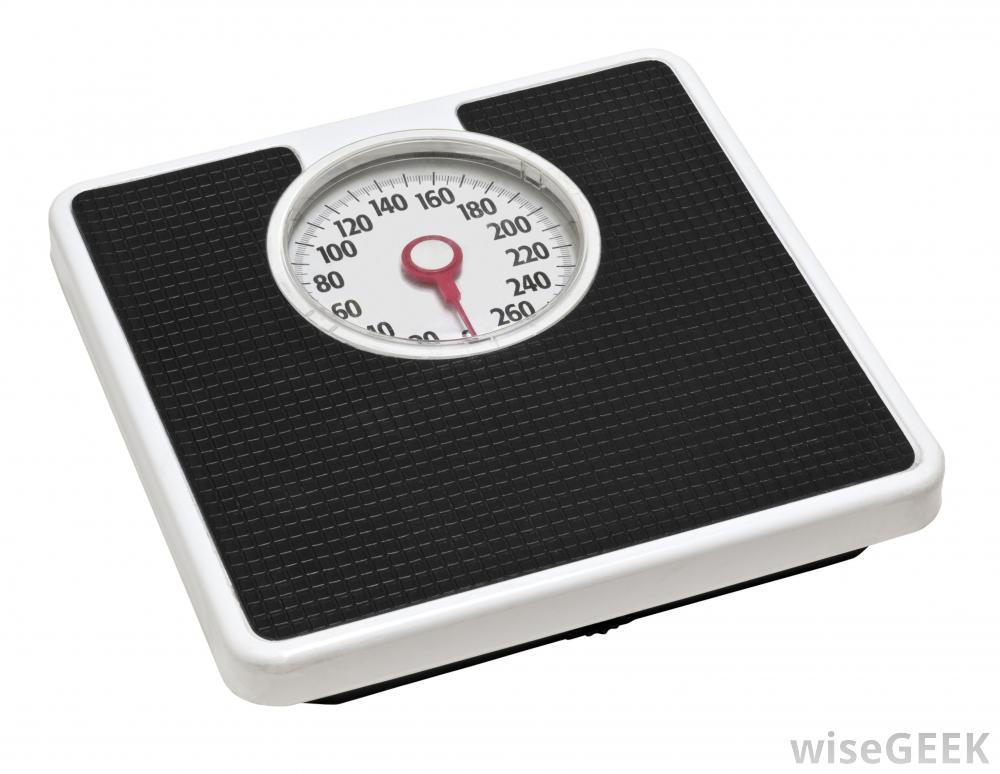Strength Training Can Burn Fat
Strength training can be a means of burning fat. Aerobics and cardiovascular exercise were thought to more effective. The simplistic notion is that cardio just burns fat and strength training just builds muscle. The study produced by University of New South Wales debunked persistent fitness myths. The discovery was published in Sports Medicine in 2021. The UNSW study examined existing evidence and did meta-analysis of information. What was discovered was just through weight training alone subjects lost 1.4 % of body fat. Dr . Mandy Hagstrom an exercise physiologist and lecturer suggest that strength training on its own could help reduce body fat. One assertion is that diet cannot be ignored. While it is possible that weight training could be a substitute for running, circumventing diet is not feasible. Weight loss requires a change in eating habits and nutrition. More studies need to be conducted to see how strength training can be applied more to weigh loss methods.
The link between weight training and weight loss was not certain. The challenge was sample size in previous studies. Without sufficient amount of subjects a generalization can not be extrapolated. The experiments would require a certain amount of time. Getting volunteers to help for months was difficult. The time frame had to be long enough to see people respond to exercise stimuli. Each person can respond to exercise differently. Some would lose weight, gain muscle or not see much of a significant change.

Cardiovascular exercise has been presented as the most effective method of weight loss. The error is that strength training is only useful for building muscle. Strength training is underutilized as a weight loss technique.
Knowing this, another method had to be used. Dr. Mandy Hagstrom decided to collect other studies and see if there was a pattern. The research team complied 58 research papers. These studies combined had 3000 subjects. None had any strength training experience. The problem was that strength training programs differed in the studies. One program could be more effective than the other and might effect the conclusion of the study. What was consistent was the time frame. Most of the strength training programs were done in five months. exercise sessions were 60 minutes. Exercise was done 2.7 times a week. The results provided what occurs on average with resistance exercise.
The participants lost a total of 1.4 % of their fat mass. The conclusion reveals that lifting weights can be used for a weight loss method. The changes are not going to be immediate. The process can take months. A span of 10 months would mean a 2.8 % loss in body fat. A person would have to be patient in readjusting body composition. Being consistent is the most difficult part. Missing an exercise session once or twice does not create a setback. Irregular patterns in exercise sessions do. The conclusion should not be as much of shock to those with sport science or personal training expertise. Some have seen this through direct observation. The time needed to note a change is significant. A person must remain with an exercise program for a number of months to determine if it works. Other factors must be considered such as sex, metabolism, and eating habits.
Measuring fat mass must be more precise. Using a scale can be misleading. A person could be gaining muscle mass, but the scale might indicate being overweight. A skinfold caliper would be more precise. Dr. Mandy Hagstrom explains ” but when we strength train, we gain muscle mass and lose body fat, so the number on the scales won’t look as low as it would after aerobics training, especially as muscle weighs more than fat.” Muscle does not weigh more than fat. One pound of muscle weighs as much as one pound of fat. A 165 lbs muscular person does not weigh more than an 165 lbs endomorphic person. Dr. Mandy Hagstrom appears to confuse mass with weight.




Other methods of measuring body composition exist. MRI, CT, and DEXA scans are useful in calculating the amount of body fat. The persistent fitness myth is that more running reduces weight compared to resistance exercise.
This is not a mistake that should come from a medical professional. Some studies used bioelectrical impedance to measure body composition. A device tracks the electric flow in the body. Impedance describes the resistance to the flow of electricity. The lower the impedance reveals some information on body composition. Dr. Mandy Hagstrom calls this the least accurate along with scale measure. The BMI is more inaccurate than both.
Without measurement, progress cannot be monitored. The only way to know if an exercise program works is by measurement. While accurate measurements are fine for daily tasks, a scientist should aim for precision. Through sub-analysis it was found that there was a different outcome based on measurement. The purpose of sub-analysis is to break data down into groups and compare outcomes. Exercise studies must be more focused on precision. The text just mentions accuracy for data, but this is not enough. Being meticulous with measurement can unlock all the benefits resistance training exercise. Sport and exercise science must make changes to provide correct information from studies.
Dr. Mandy Hagstrom explains there are options with exercise. Aerobics and cardiovascular activity might not be of interest. Weightlifting might be more exciting for a person seeking a change in weight. There is one aspect that cannot be avoided. Changes in diet and nutrition have to made. Eating whatever you want may not be feasible. One could exercise and eat foods that could hinder weight loss. Progress can be ruined from these habits.




Changing the exercise routine makes it more interesting. The challenge is keeping a consistent schedule. Doing the form of exercise most enjoyable allows a person to remain consistent.
Eating and food consumption patterns cannot be circumvented. An occasional sugar based treat does not ruin weight loss. Frequent consumption of this type of sustenance does. One type of exercise has to display faster progress. The study did not say which is the fastest or most efficient . More research would be needed to determine this between weightlifting and cardiovascular exercise. A general conjecture is that resistance exercise might burn fat slightly faster in comparison. The best guideline at the moment would be to incorporate various exercises. Doing cardiovascular and resistance exercise would be very effective over a number of months. The study did not account for exercise duration, volume set, intensity level or frequency. Exercise and weight management programs would need to be adjusted in regards to age, sex, and health condition. Being dedicated for a number of years would change body composition.




